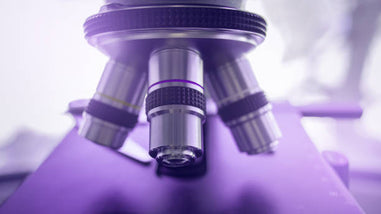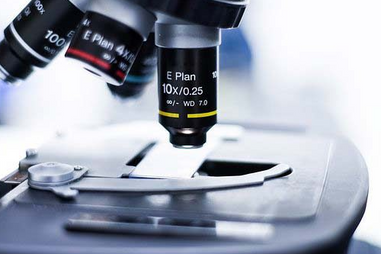- No products in the cart.
Minimally invasive surgeries involve carrying out a surgical procedure by making a small cut or incision on the skin. The surgery is delicate, and even a small error on part of the practitioner could make things worse for the patient.
Using a microscope is a good way to reduce the chances of errors in minimally invasive procedures.
Here are some of the benefits of using microscopes in minimally invasive procedures
Benefits for Patients
By using microscopes, doctors can perform complicated surgeries by focusing on actual pathology. A microscope allows a surgeon to magnify the affected area and its surrounding structure. Due to this magnified view, the surgeon can obtain a clearer picture of what needs to be done and carry out the surgery with precision, accuracy, and effectiveness. A successful minimally invasive surgery means minimal side-effects and patient complaints.
Microscopes enhance focus while performing an incision, and make it possible for surgeons to make cosmetically pleasing cuts and incisions. These devices also allow doctors to reduce blood loss and pain and lower a patient’s dependency on painkillers down the line.
Doctors have observed that using a microscope to perform a minimally invasive surgery could drastically reduce a patient’s stay at the hospital.

Benefits for the Medical Practice
There are several downsides to minimally invasive surgical procedures depending on the type of surgery being performed. For instances, patients often experience neck and back pain after surgery, or they may have to sit, stand, or lie in awkward positions to overcome any postural issues.
Using a microscope can enhance the surgical process and reduce a patient’s likelihood of experiencing any post-surgery issues. By relying on a microscope, doctors can take out much of the guesswork involved with surgeries. Another benefit is that medical practitioners won’t have to waste time adjusting the operating room lights and headlights.
Most surgeons are not just doctors, but they are also professors at various medical colleges and hospitals. Their jobs include teaching and training students and resident doctors on various surgical procedures. Combining a microscope with a 3D monitor allows doctors to record and show their surgeries to their students in greater detail.
Benefits for Hospital Staff Members
Microscopic surgical procedures are fairly accurate and usually less time-consuming. As the surgeries are short and require very little hospital stay, they leave more time and room for the hospital staff members to tend to other patients. Highly focused surgeries may lead to lesser complications and more revenue for a hospital.
Nurses and other staff members often find it easier to observe surgical procedures that involve the use of a microscope. As more and more nurses become familiar with the process, the hospital may end up with a team of specialists in this area.
The images of microscope can easily be displayed on a large screen, allowing hospital staff members to keep up with the progress of the procedure. Microscopes serve as great teaching and learning tools for staff members.
Features of a Good Surgical Microscope
Not all surgical microscopes are effective at improving minimally invasive surgical procedures. If you’re looking for a high-quality microscope for a surgical procedure , make sure to pick one that has:
- A binocular head
- Proper foot controls
- Illumination options
- Varying magnification levels
For any questions on the choosing the best microscope for you, contact a Lab Pro expert and we would be happy to help customize a microscope option.












































